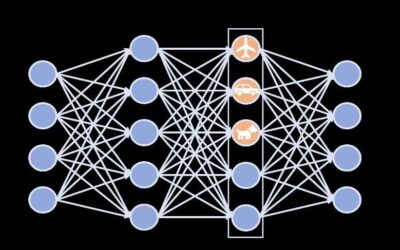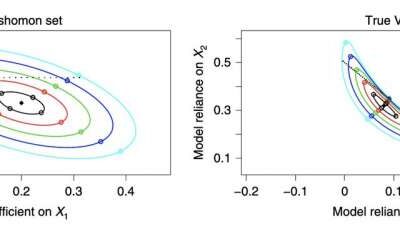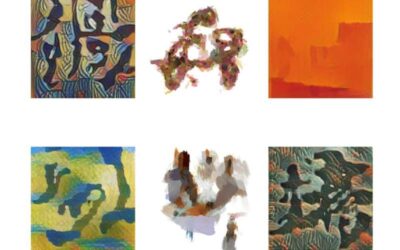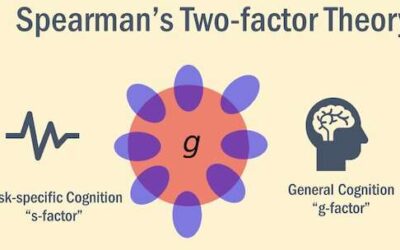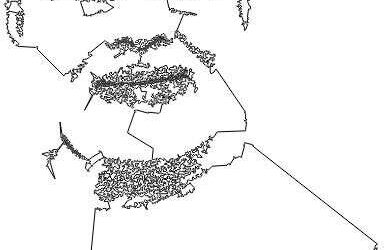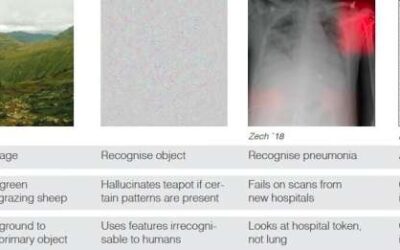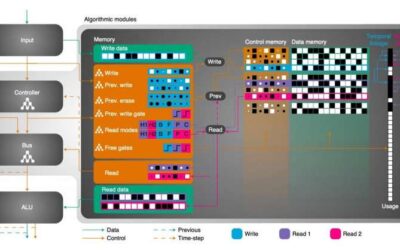Humans are able to find objects in their surroundings and detect some of their properties simply by touching them. While this skill is particularly valuable for blind individuals, it can also help people with no visual impairments to complete simple tasks, such as...
Computer Sciences
Evolvable neural units that can mimic the brain’s synaptic plasticity
Machine learning techniques are designed to mathematically emulate the functions and structure of neurons and neural networks in the brain. However, biological neurons are very complex, which makes artificially replicating them particularly challenging.
Concept whitening: A strategy to improve the interpretability of image recognition models
Over the past decade or so, deep neural networks have achieved very promising results on a variety of tasks, including image recognition tasks. Despite their advantages, these networks are very complex and sophisticated, which makes interpreting what they learned and...
A framework to assess the importance of variables for different predictive models
Two researchers at Duke University have recently devised a useful approach to examine how essential certain variables are for increasing the reliability/accuracy of predictive models. Their paper, published in Nature Machine Intelligence, could ultimately aid the...
A model that can create unique Chinese calligraphy art
Over the past few years, computer scientists have developed increasingly advanced and sophisticated artificial intelligence (AI) tools, which can tackle a wide variety of tasks. This includes generative adversarial networks (GANs), machine-learning models that can...
A framework to evaluate the cognitive capabilities of machine learning agents
Over the past decade or so, computer scientists have developed machine learning (ML) techniques that perform remarkably well on a variety of tasks. While these algorithms are designed for artificially replicating human cognitive skills, there is still a lack of tools...
Teaching AI agents to type on a Braille keyboard
In recent years, computer scientists have developed artificial intelligence-based techniques that can complete a wide variety of tasks. Some of these techniques are designed to artificially replicate the human senses, particularly vision, audition and touch.
Chitrakar: A system that can transform images of human faces into drawings
Researchers at the TCS Robotics Research Lab in India have recently developed an artificial intelligence (AI) system that can automatically convert an image of a person's face into a recognizable non-self-intersecting loop, known as a Jordan curve. Subsequently, this...
Exploring the notion of shortcut learning in deep neural networks
Over the past few years, artificial intelligence (AI) tools, particularly deep neural networks, have achieved remarkable results on a number of tasks. However, recent studies have found that these computational techniques have a number of limitations. In a recent...
A memory-augmented, artificial neural network-based architecture
Over the past decade or so, researchers have developed a variety of computational models based on artificial neural networks (ANNs). While many of these models have been found to perform well on specific tasks, they are not always able to identify iterative,...



